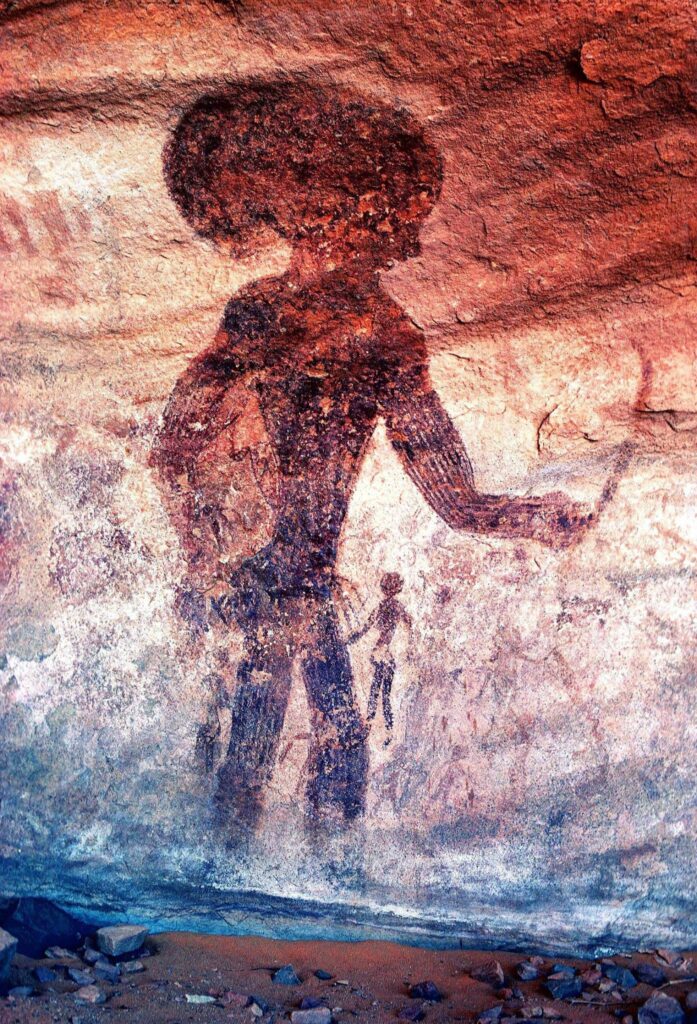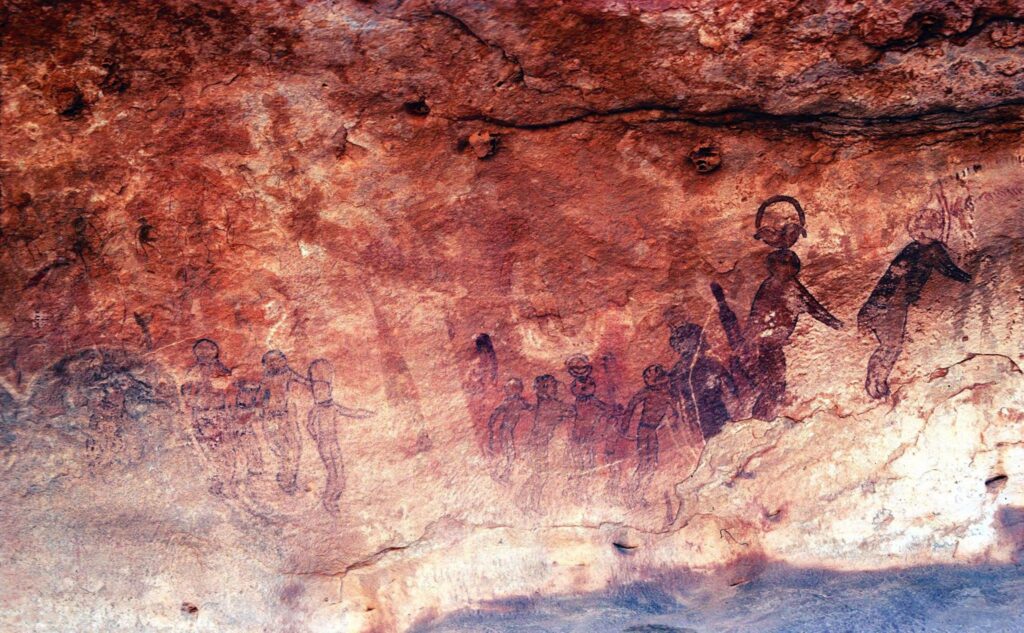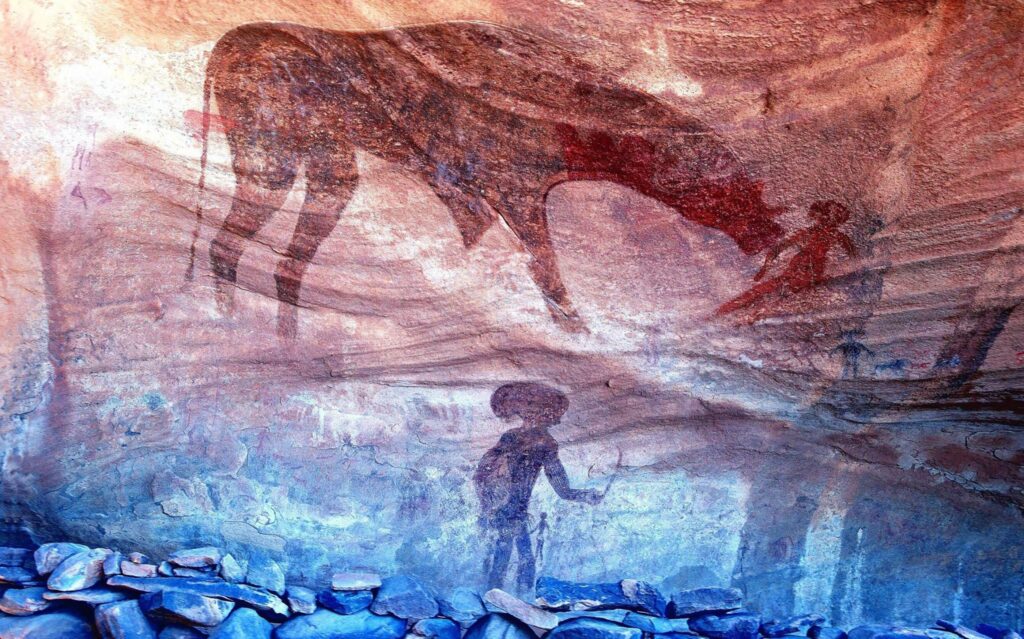Introduction to Tassili N’Ajjer
Tassili N’Ajjer National Park, located in southeastern Algeria, is a treasure trove of prehistoric art and natural wonders. Recognized as a UNESCO World Heritage Site in 1982, this remote desert region is renowned for its vast collection of rock art, depicting life as it was thousands of years ago. Among these, an intriguing pictograph of a figure with an oversized head has captured the imagination of researchers and art enthusiasts alike.
The Mystery of the Oversized-Head Pictograph
One of the most compelling artworks in Tassili N’Ajjer is an otherworldly figure characterized by a disproportionately large head and an elongated body. This unique depiction stands out among the 15,000 rock paintings and carvings in the area.
What Does It Represent?
Scholars have proposed several interpretations of this enigmatic figure:
- Supernatural Being: The exaggerated head and elongated form suggest it may symbolize a deity or spiritual entity central to the ancient people’s beliefs.
- Shamanic Connection: The figure could represent a shaman engaged in rituals, symbolizing the bridge between the human and spiritual realms.
- Extraterrestrial Theory: Some enthusiasts suggest that the artwork hints at contact with extraterrestrial beings, citing its “alien-like” features as evidence.

The Artistic and Cultural Significance of Tassili N’Ajjer
Tassili N’Ajjer’s rock art offers a vivid glimpse into the lives of ancient civilizations that once thrived in this now-arid landscape. The artworks span a period of over 10,000 years, chronicling a dramatic environmental shift from fertile grasslands to the barren desert we see today.
Themes in the Rock Art
- Daily Life: Scenes of hunting, dancing, and cattle herding reflect a thriving community dependent on nature.
- Animals: Depictions of elephants, giraffes, and crocodiles showcase a lush environment teeming with wildlife—a stark contrast to the modern Sahara.
- Abstract Symbols: Mysterious geometric shapes and humanoid figures, such as the oversized-head pictograph, hint at a deep spiritual or ceremonial life.

Geological and Environmental Context
Tassili N’Ajjer’s dramatic sandstone formations—arches, cliffs, and canyons—serve as natural canvases for this ancient art. These formations were carved over millennia by wind and water, creating a labyrinthine landscape that once provided shelter to prehistoric humans.
From Green Paradise to Desert
Thousands of years ago, Tassili N’Ajjer was part of the “Green Sahara,” a region with lakes, rivers, and abundant vegetation. As the climate shifted, so did the lives of its inhabitants, a transition captured poignantly in the art.
Why Tassili N’Ajjer Matters Today
The rock art of Tassili N’Ajjer is more than a cultural artifact—it’s a reminder of humanity’s resilience and adaptability. It also serves as a warning about the impacts of environmental change.
Preserving a Legacy
As climate change and human activities threaten the site, efforts are underway to preserve Tassili N’Ajjer’s rich heritage. Continued research and sustainable tourism can help ensure its stories endure for future generations.

Conclusion
Tassili N’Ajjer is not merely a window into the past—it’s a bridge between ancient and modern humanity. The oversized-head pictograph and the countless other artworks in the park invite us to reflect on the mysteries of ancient belief systems, the ingenuity of early civilizations, and the deep connection between art, environment, and identity. Exploring Tassili N’Ajjer is a journey into the heart of human history, where art speaks across millennia to tell the story of a world transformed.
